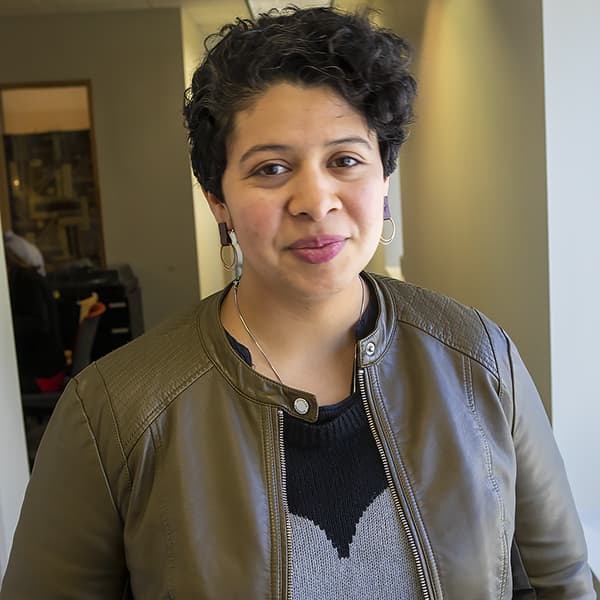Advertisement
'This monument tells a story like no other': Rededicating the 54th Regiment
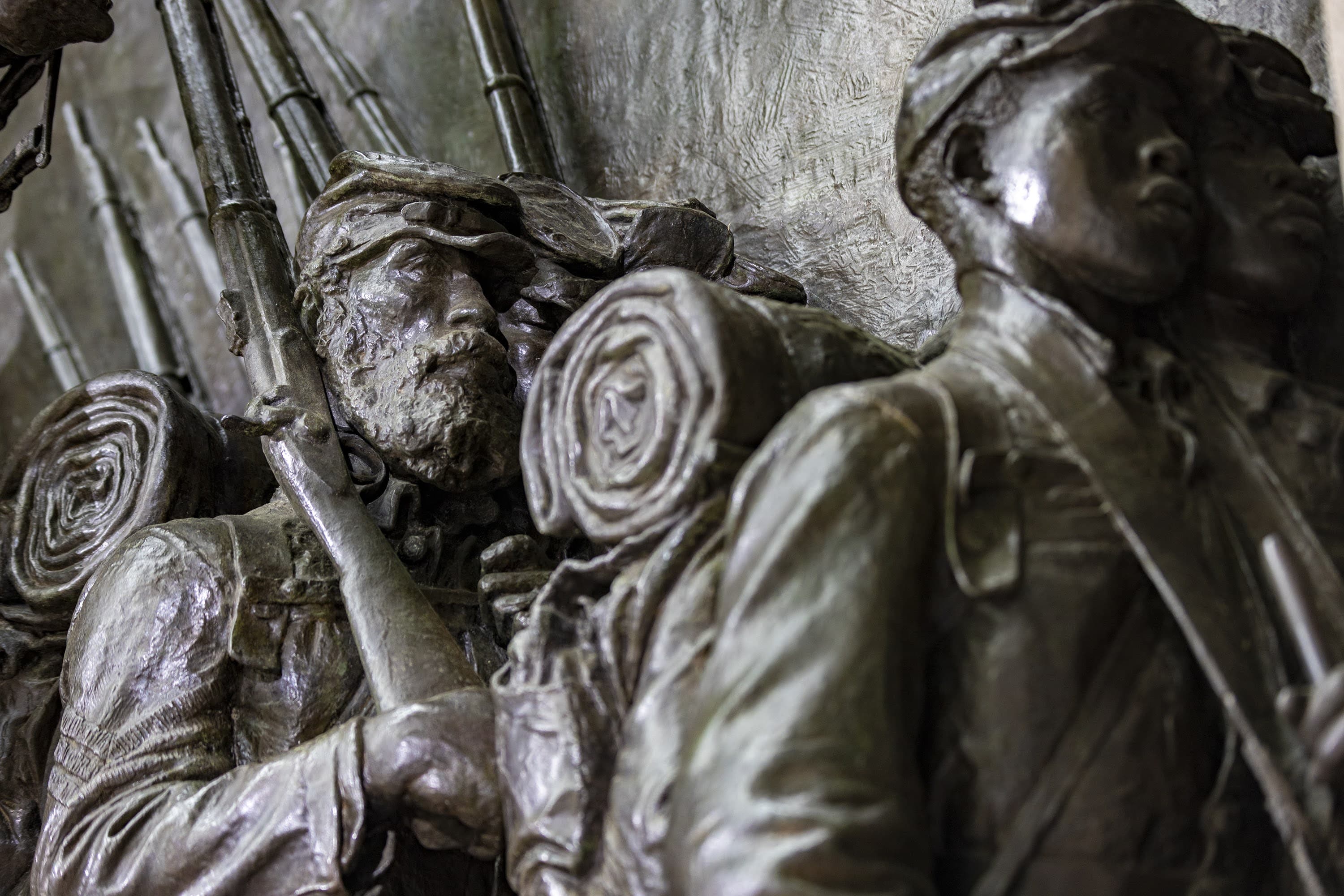
On the eve of their first battle, one that would cut their ranks in half, 600 men paraded proudly up Beacon Street, celebrated by the crowds before heading by boat to fight in South Carolina. Frederick Douglass was said to have shaken the hand of each and every man including his own son’s. These 600 soldiers came from far and wide — Haiti, Canada, Ohio, Pennsylvania — to risk life and limb to join the 54th Massachusetts Regiment in a country that did not see them as equals.
Among the first Black units to volunteer to fight in the Civil War, these soldiers served heroically during the assault on Fort Wagner, South Carolina in 1863. They were outnumbered and outgunned, but inspired 180,000 Black men to enlist, remembering the last words of Col. Robert Gould Shaw: “Forward, Fifty-Fourth, forward!”
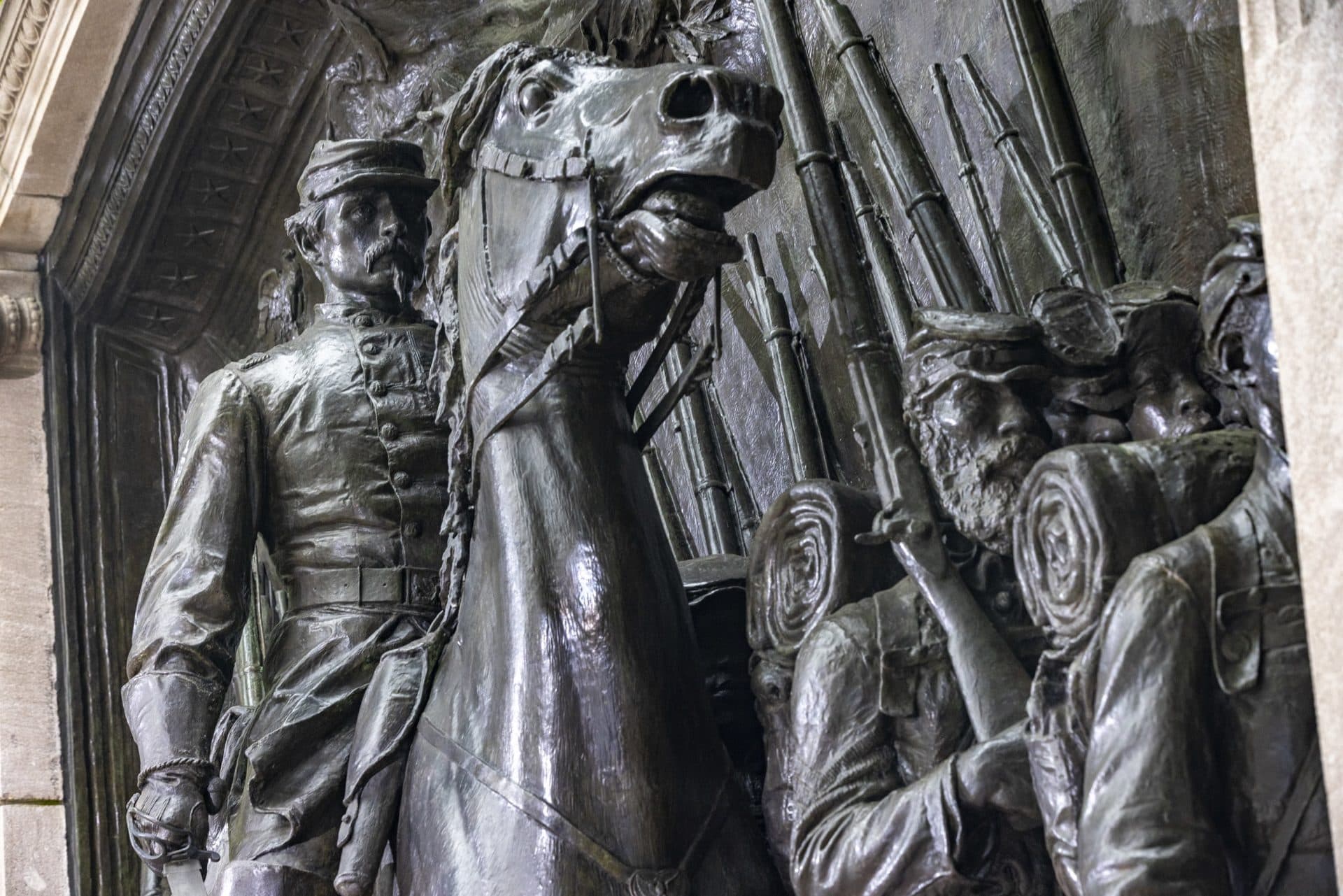
More than a century later, some of their descendants remembered the legacy of the 54th. On June 1, Black veterans stood where these soldiers once did, during the national rededication of the Shaw 54th Regiment Memorial. In 1897, these men were immortalized in bronze by artist Augustus Saint-Gaudens. Now, the piece has been restored to its original sheen. Situated in front of the statehouse, It’s been called one of the greatest works of public art in the United States, one of the few monuments from that era that shows how African Americans shaped this nation.
“I just loved seeing so many people here represented,” said Cambridge resident Philecia Harris, 57, who was there to honor her ancestors, including Moses Johnson of the 54th Regiment. “I love seeing the 54th Regiment reenactors because they put a face, a real face to what's going on. We're all Americans. We're all here. It's important to remember, we’ve had African Americans in every single war this country's ever fought.”
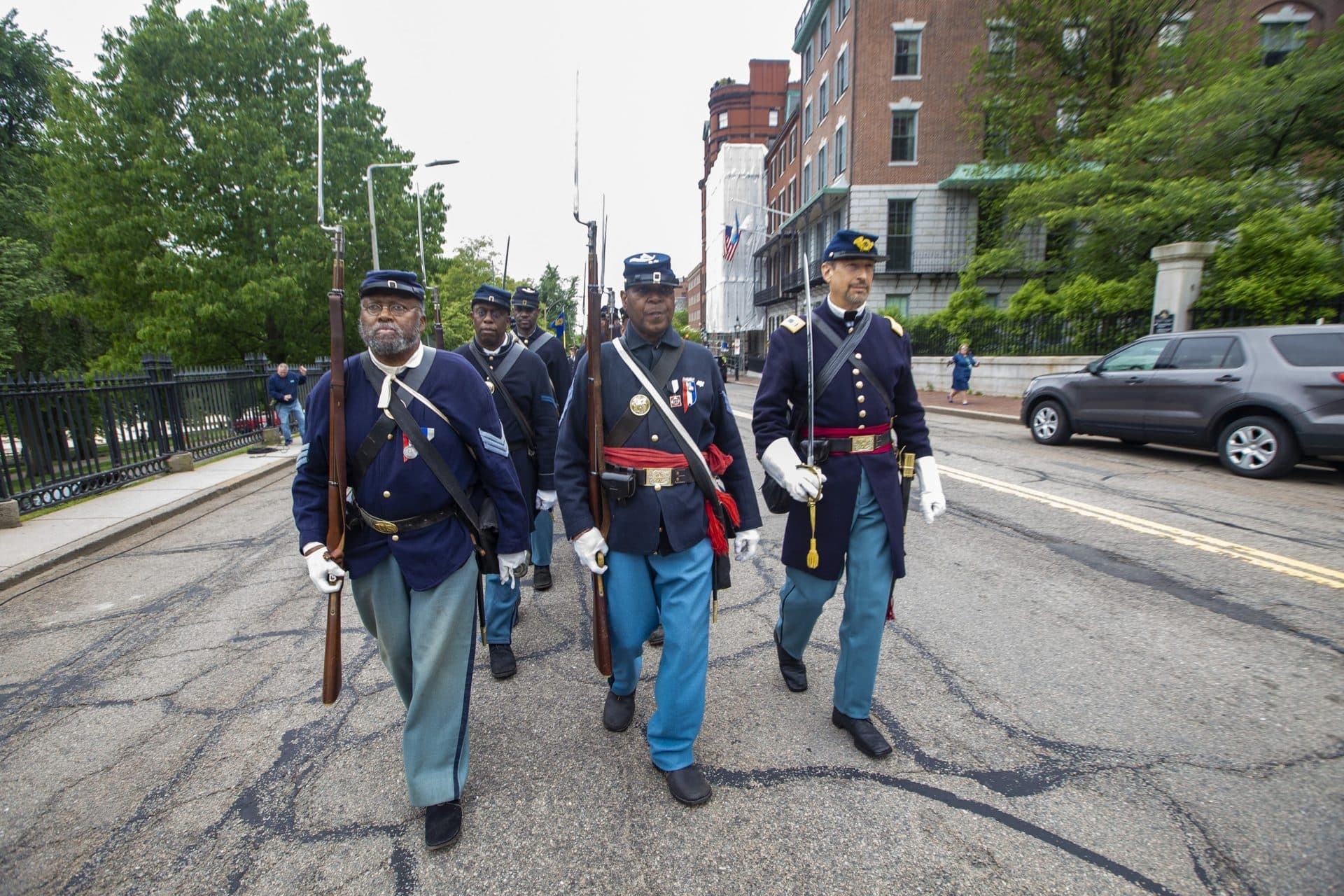
The ceremony was a culmination of 18 months of work restoring the memorial and a $3 million investment. The city joined with the National Park Service, the Friends of the Public Garden and the Museum of African American History to rehabilitate the memorial. Originally intended to take six months, the project started in 2020 and was completed in May of 2021. This included a full restoration of the bronze bas-relief and a new foundation, along with waterproofing the brick base. A new stainless-steel frame now sits between the bronze and marble to stabilize the entire monument.
Historian David Blight, professor of American History at Yale University, encouraged those in the audience to walk up to the memorial and stand near it. To look at their faces, feel the movement of their legs, hear their feet on the pavement echoing through history.
“This monument has always been here for 125 years saying the Confederacy did not win that war,” Blight said. “This monument tells a story like no other…It says African Americans had to die to be counted as people. And from that, maybe, just maybe, the American Republic could be re-invented, re-imagined, remade, and maybe, still preserved.”
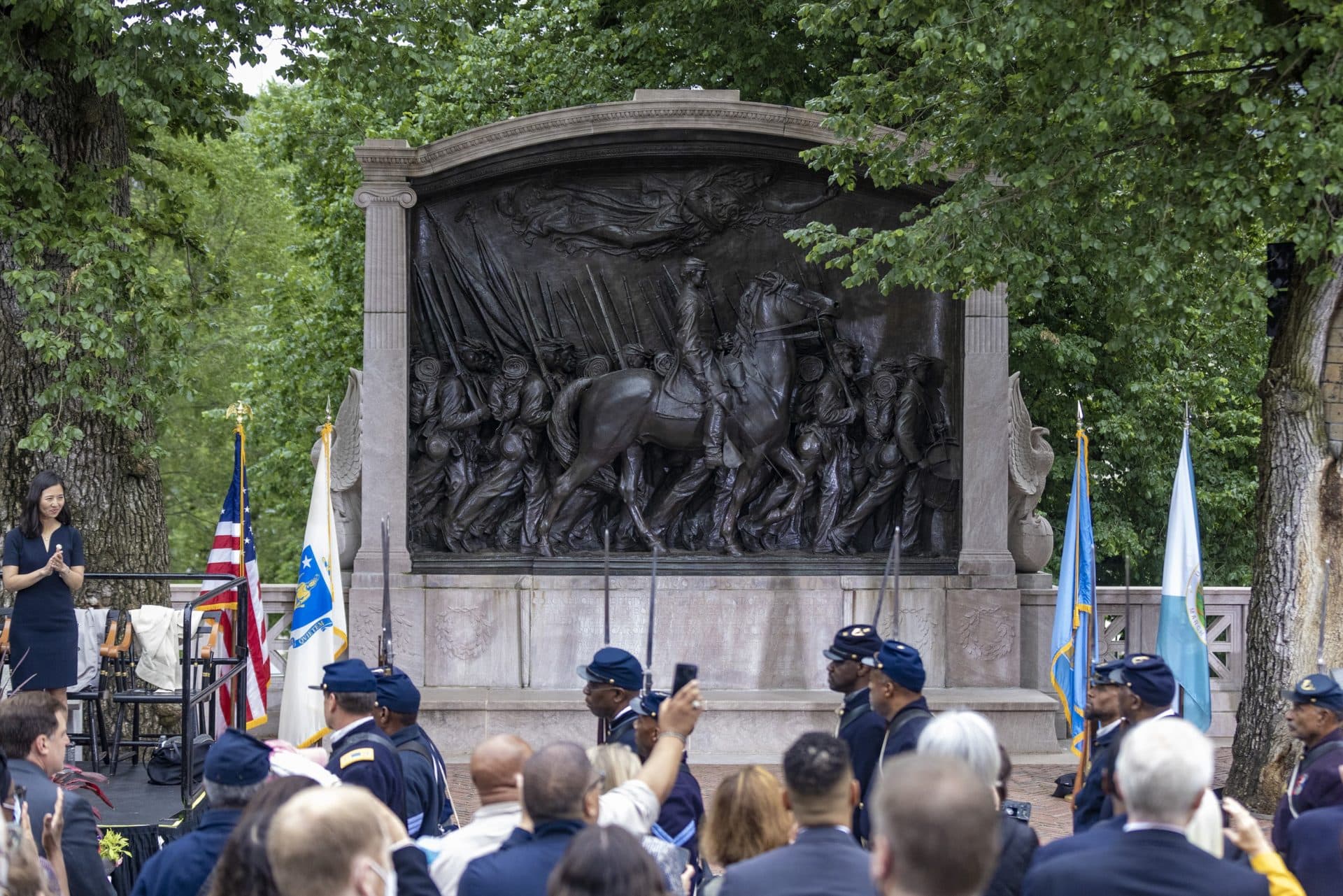
Taps played before the bronze faces of the 54th Regiment. Members of the military placed a wreath on the memorial. All these years later, the site was again full of dignitaries, artists and city leaders. There was a tent where people could learn more about the 54th Regiment. The Park Service also created a database called “Faces of the 54th,” which shows the names, ages, ranks and occupations of more than 1,500 men, both soldiers and officers. The Boston Children’s Chorus performed an original song called “Those heroes who healed the nation” by Julius P. Williams, a professor in Berklee College of Music’s composition department.
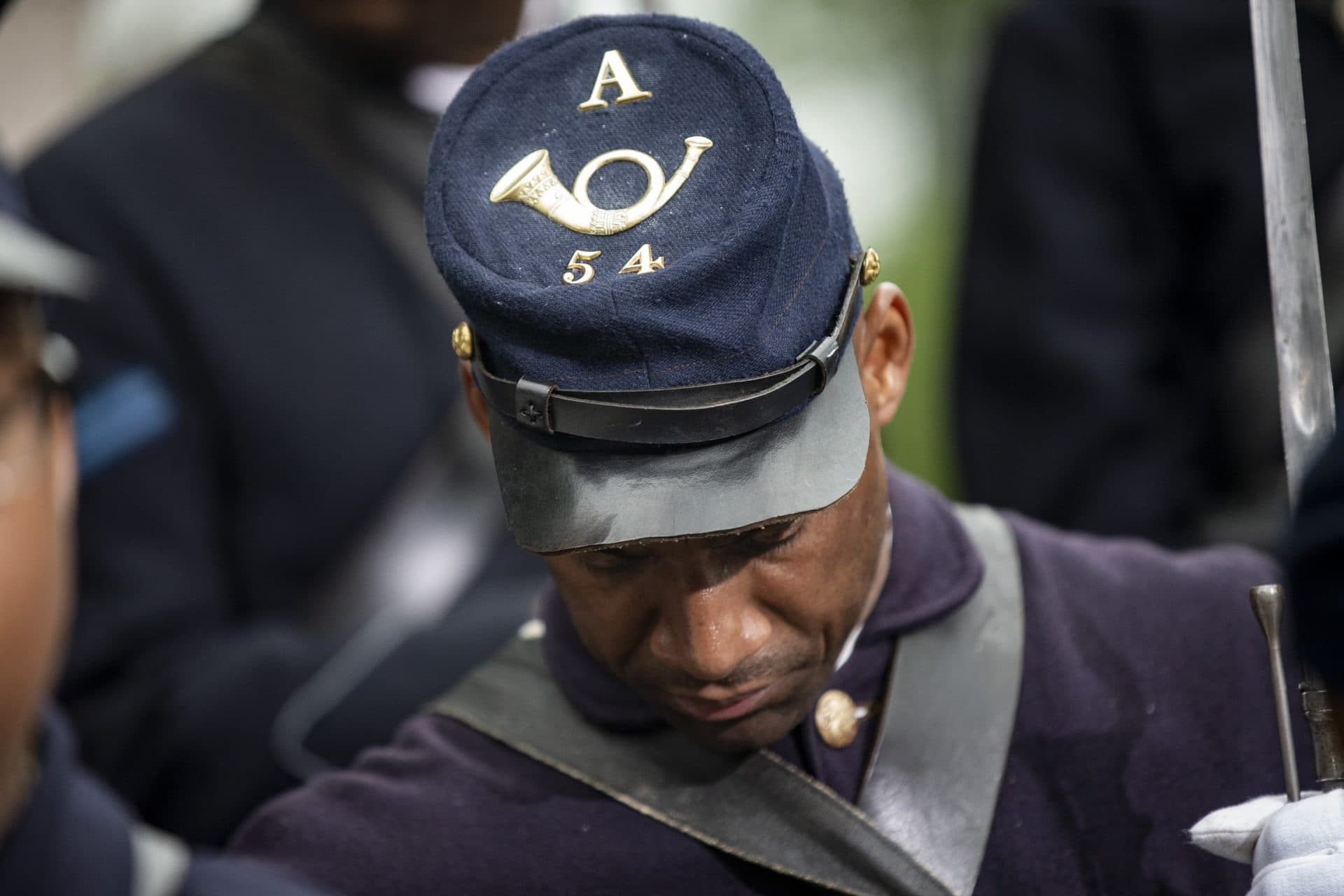
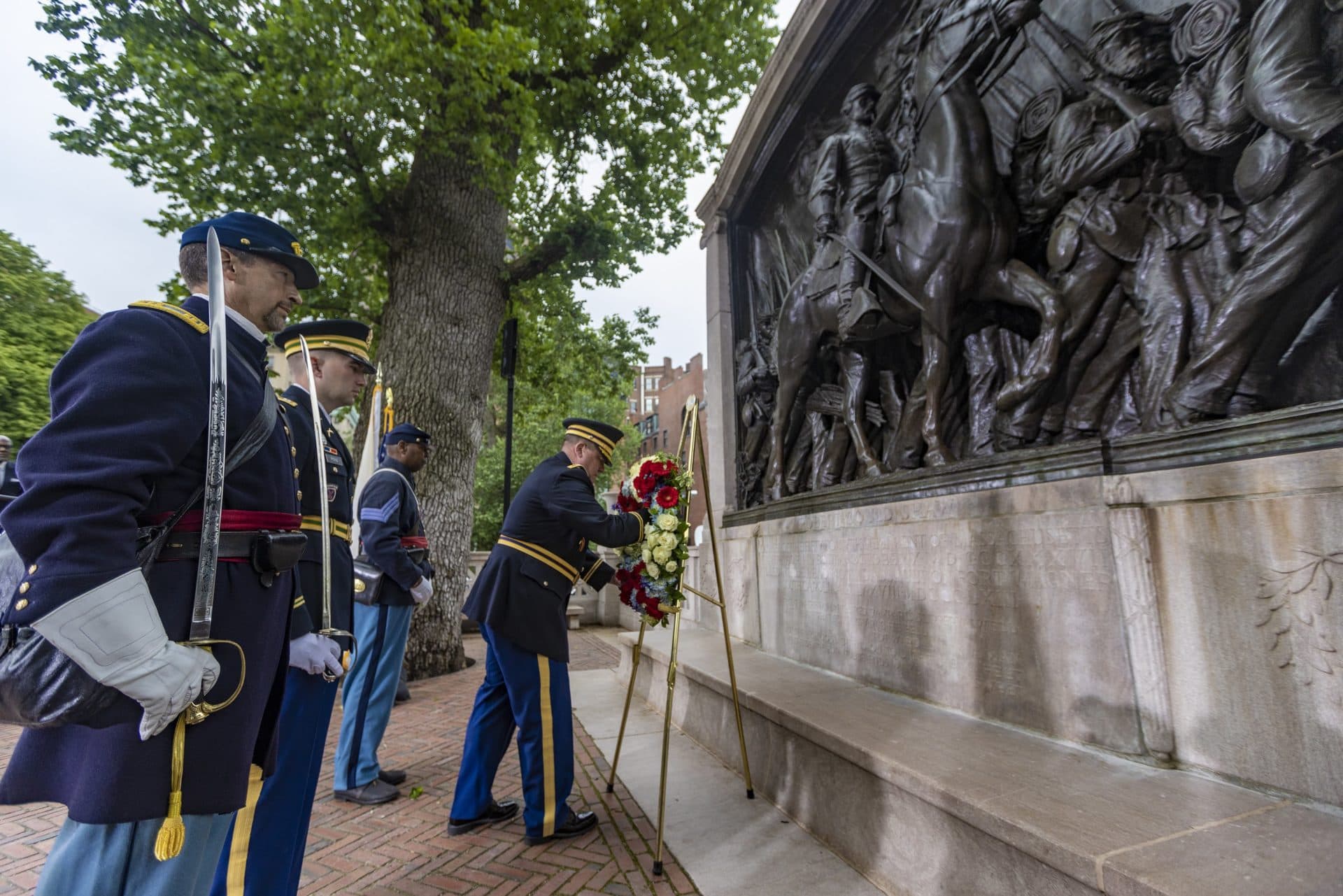
Marydith Tuitt is commander of the William Carter American Legion Post, the oldest African American post in the commonwealth. She served 14 years with the United States Navy. “Most of the reenactors are members of our post,” Tuitt said. “So I came out to support and connect the energy that comes from this memorial. I love coming out here. Being an African American woman veteran, seeing everyone and how they respect this memorial and what it stands for.”
One of the speakers at the event, Ibram X. Kendi, director of the Center for Antiracist Research at Boston University, emphasized that these men emancipated themselves during a time when Abraham Lincoln was praised as the great emancipator. “This memorial is a testament to the fact that we did the impossible: abolished slavery, and it is also a testament to the fact that we can do the impossible again: abolish racism.”
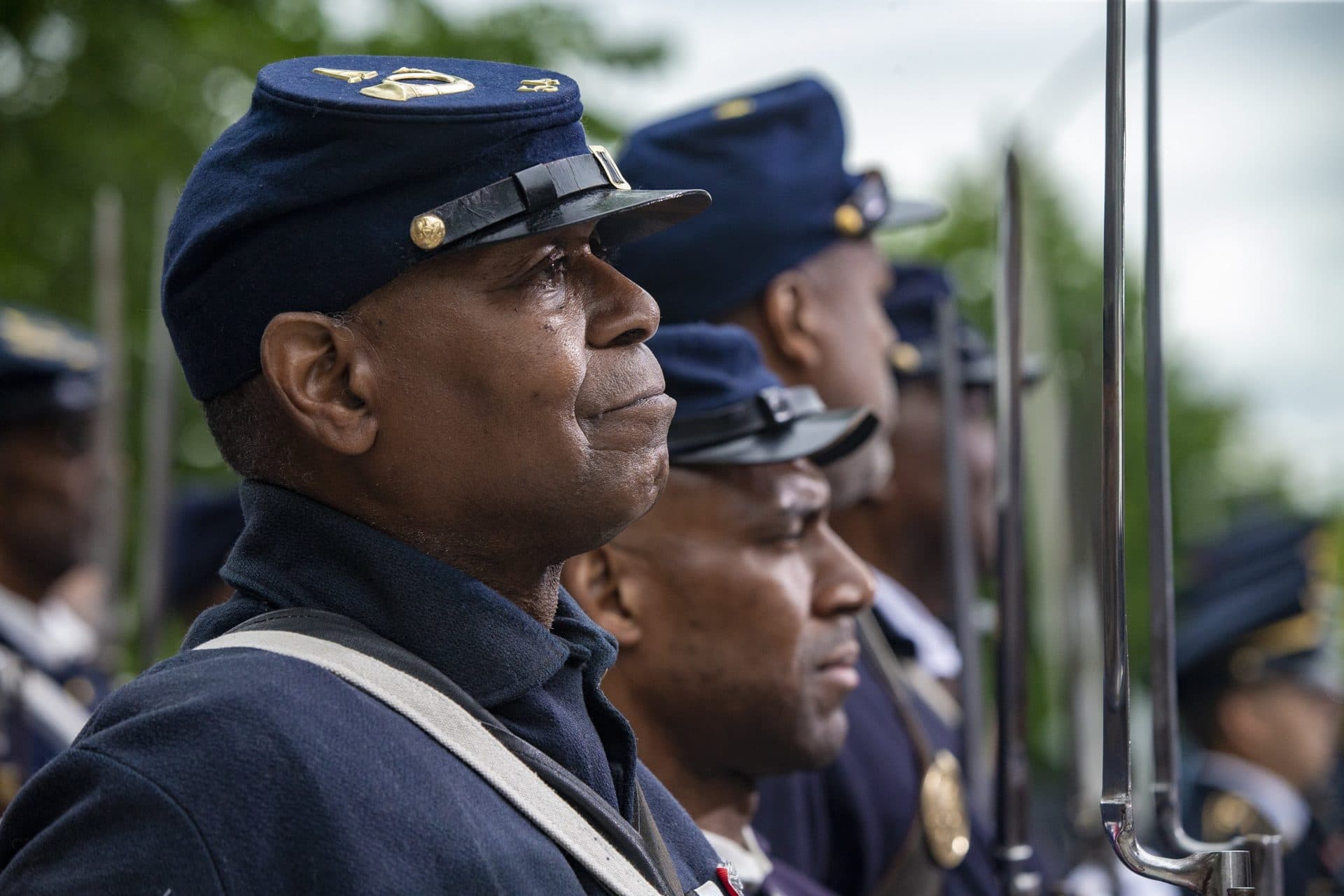
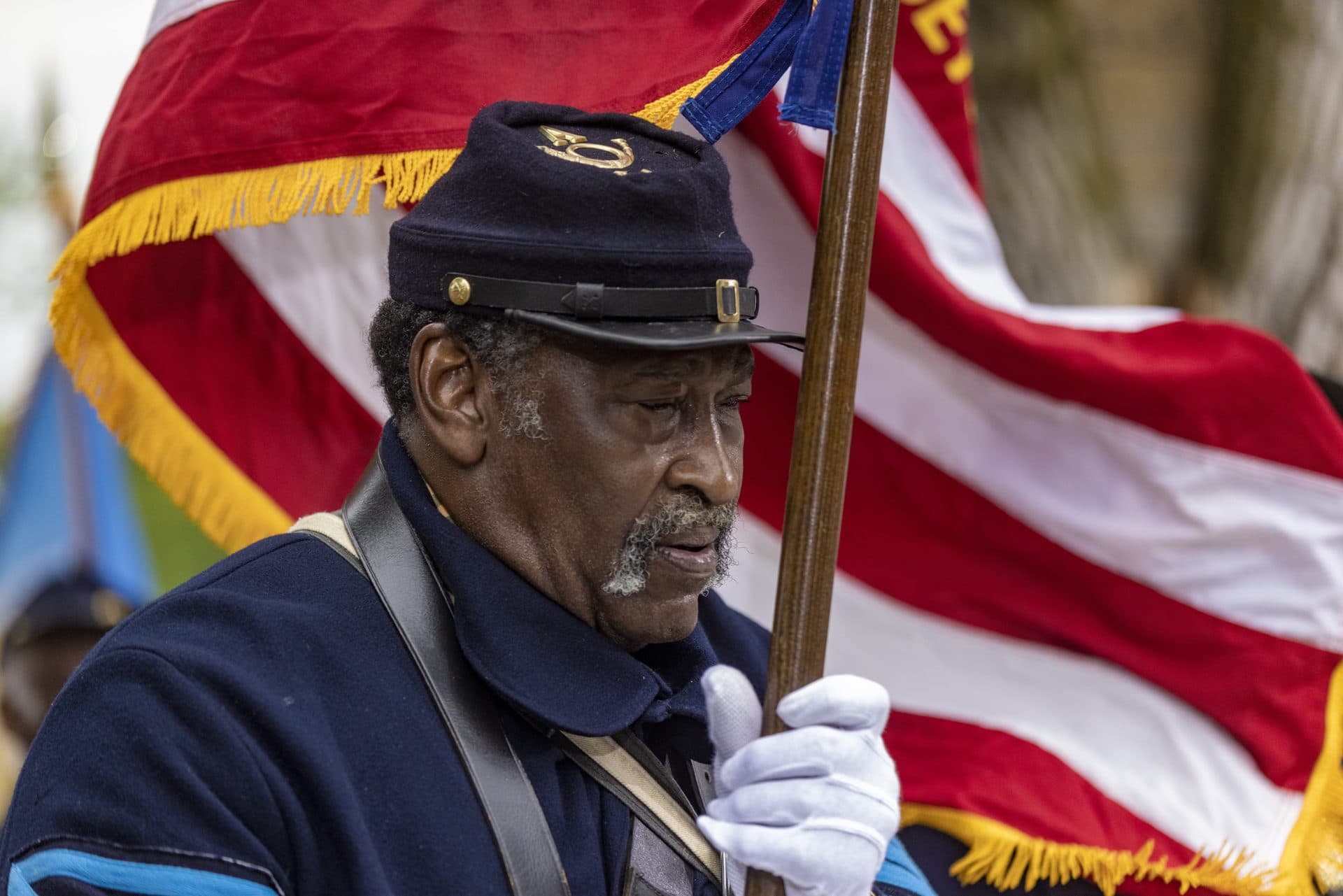
The memorial was previously restored in the early 1980s when the names of the Black soldiers killed in action were etched onto the monument. Originally, the memorial only listed the white officers who were killed.
The survivors of the battle at Fort Wagner tried to raise funds to build a memorial in South Carolina, but it never came to pass. It was an African American businessman and state senator in Massachusetts named Joshua B. Smith who raised funds with the Black community on Beacon Hill. They led the first movement to erect a monument in Boston.
When asked what she hoped for her descendants 100 years from now, Harris was honest.
“I really hope that they're free,” she said. “The first time I was stopped by the police, I was 13 years old walking down the street in Wellesley. And the last time I was stopped by the police, I was standing too close to a door at the theater…I'm really hoping that 100 years from now, my descendants can truly say that they're free and they live with liberty and justice for all.”
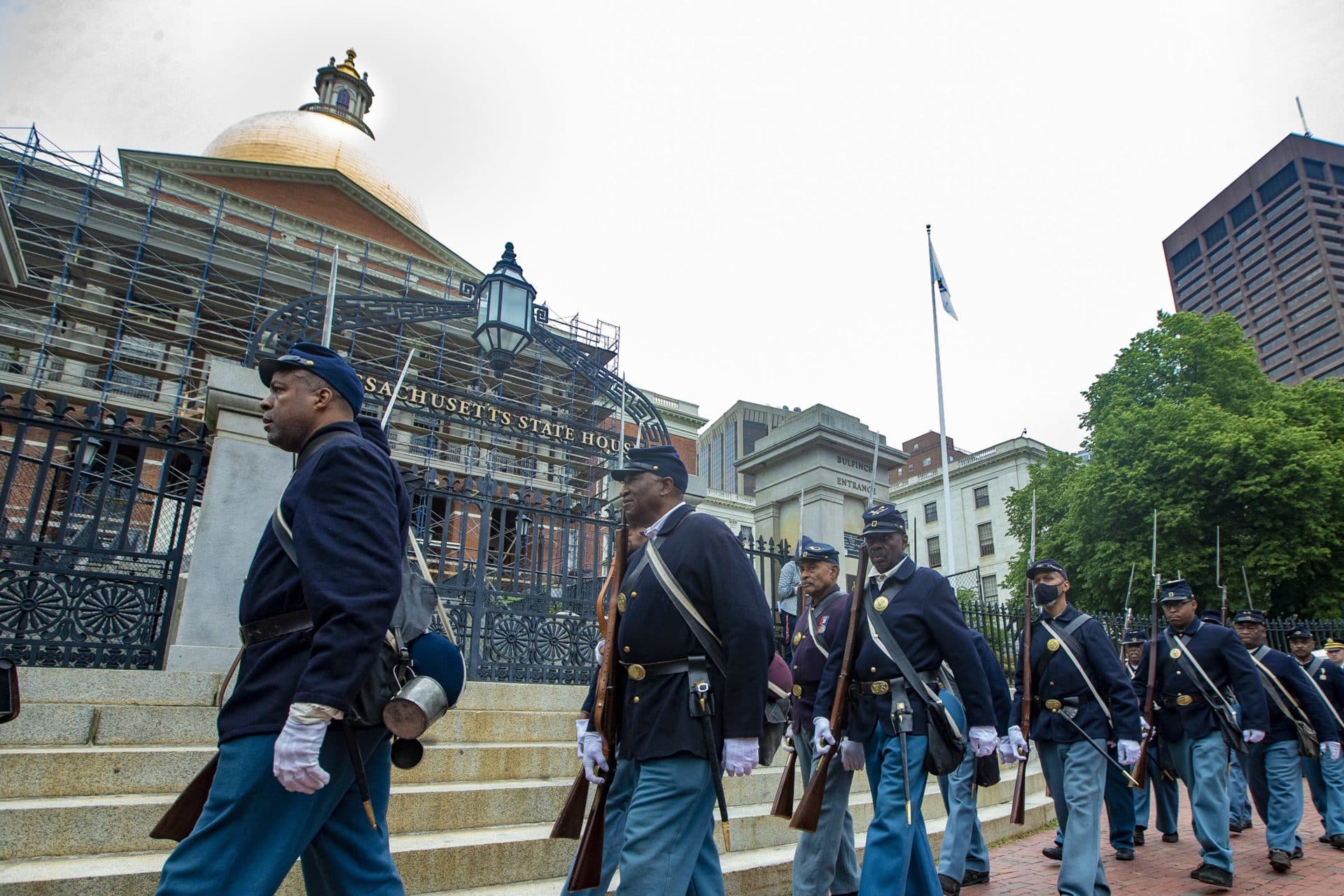
A previous version of this story misspelled Marydith Tuitt's name. We regret the error.
